

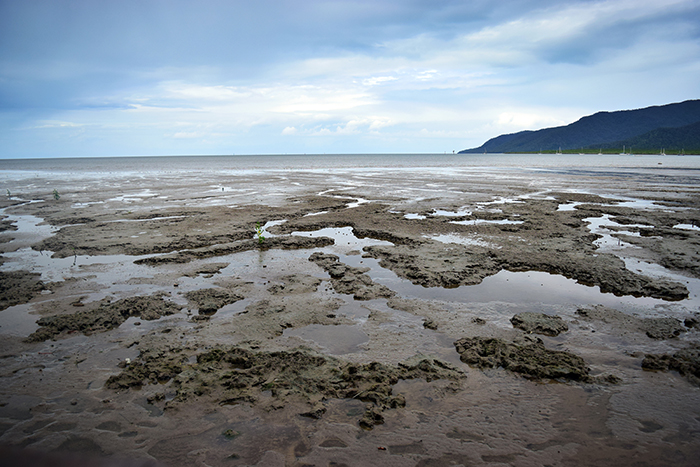
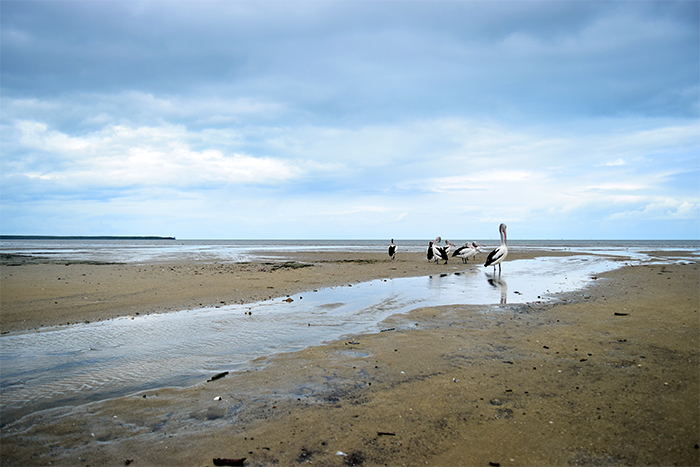
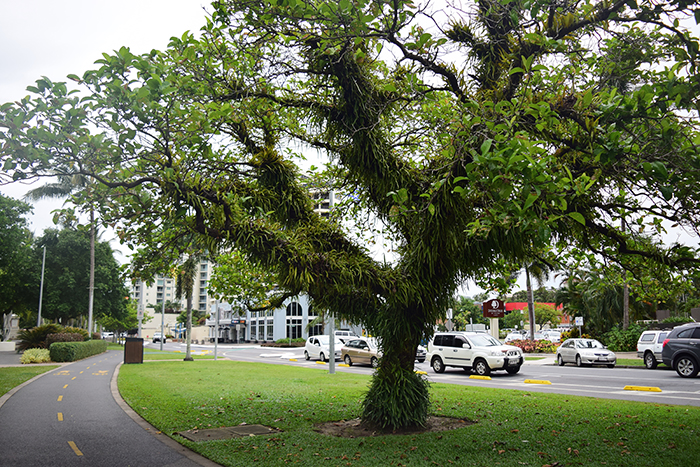
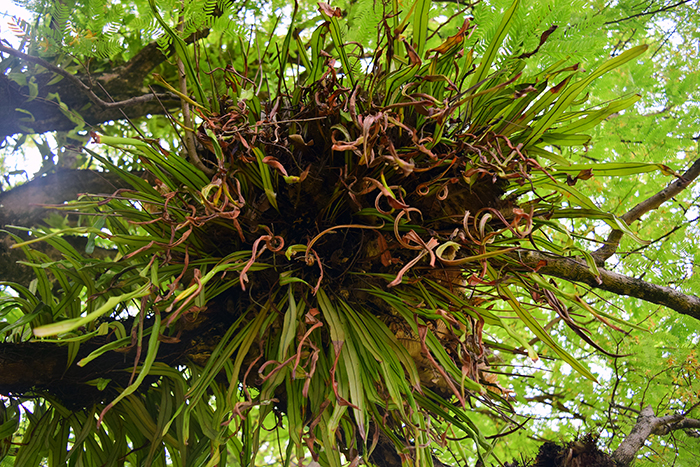
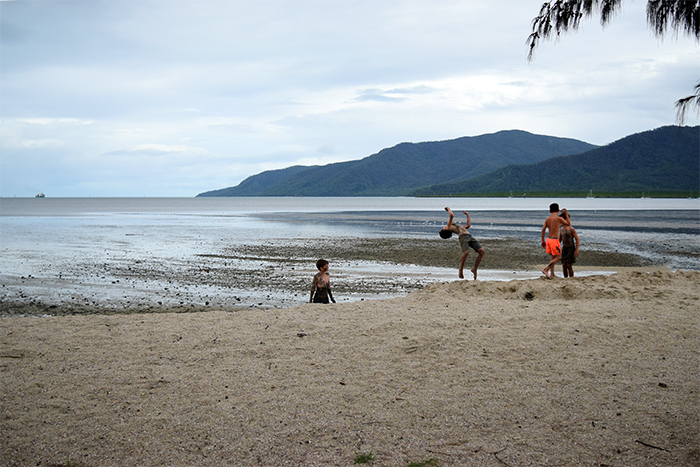
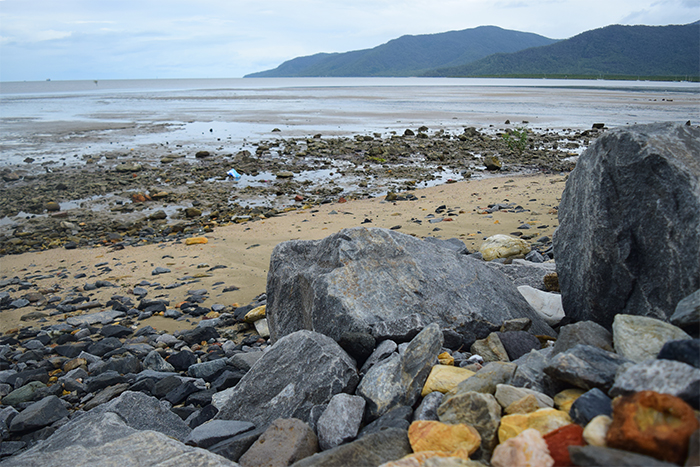

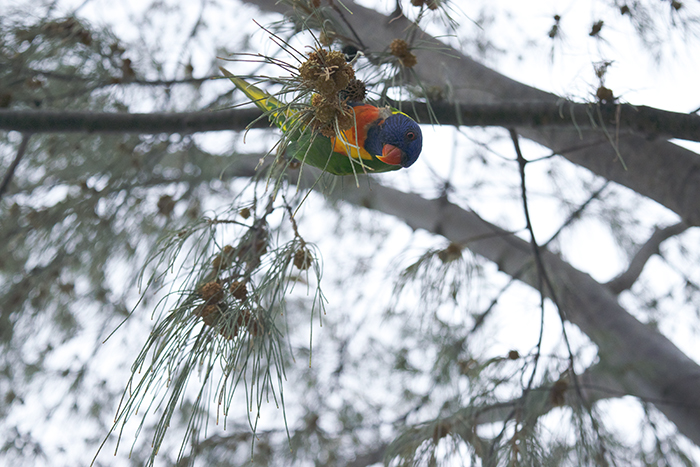
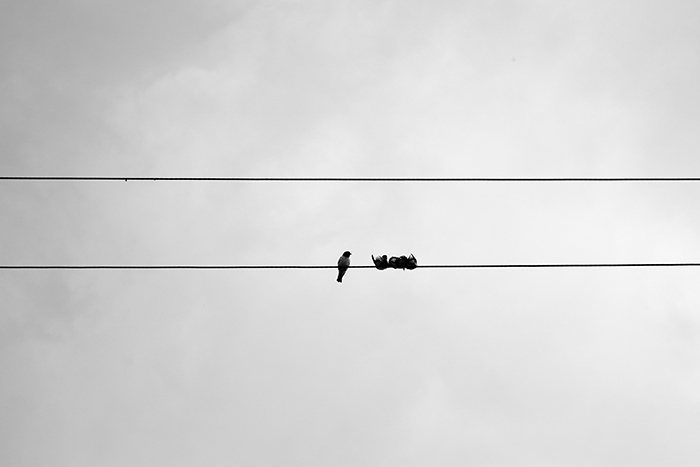
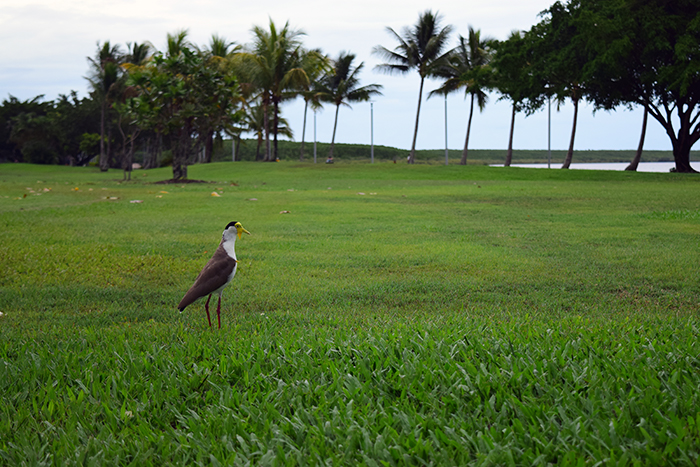
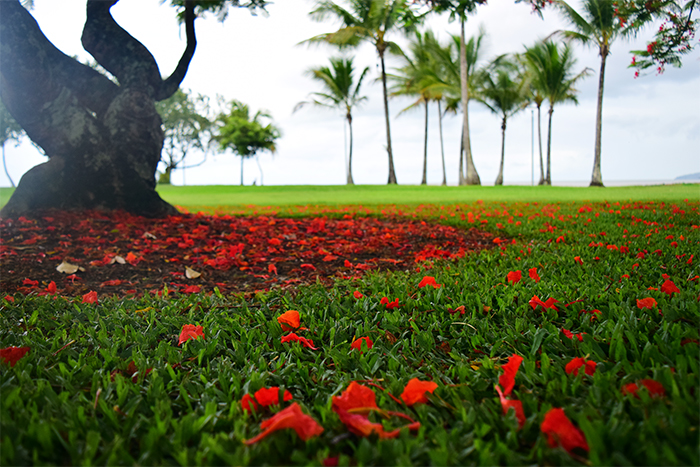

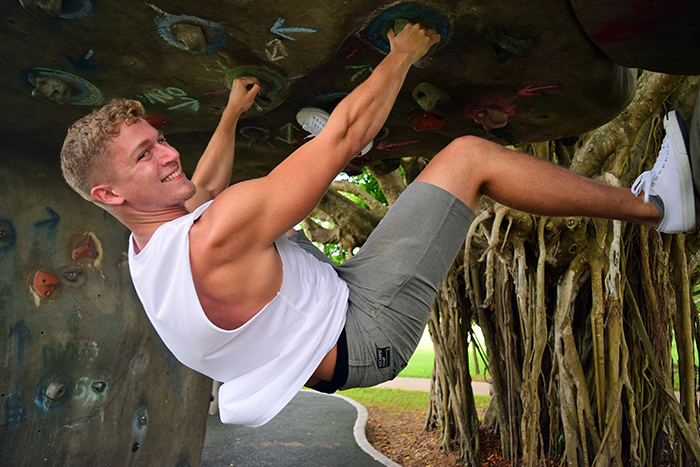
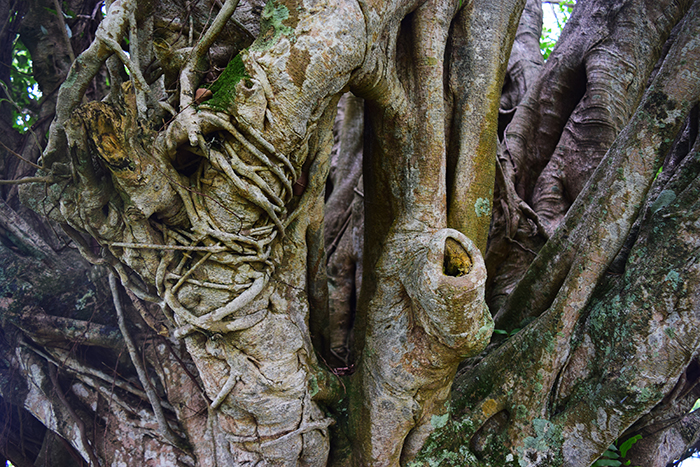
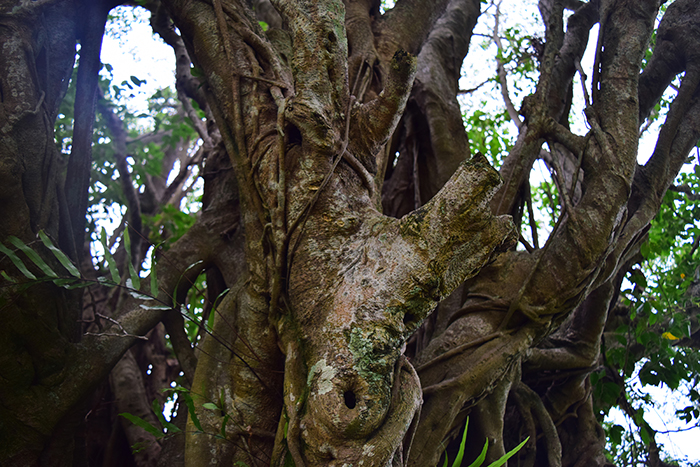
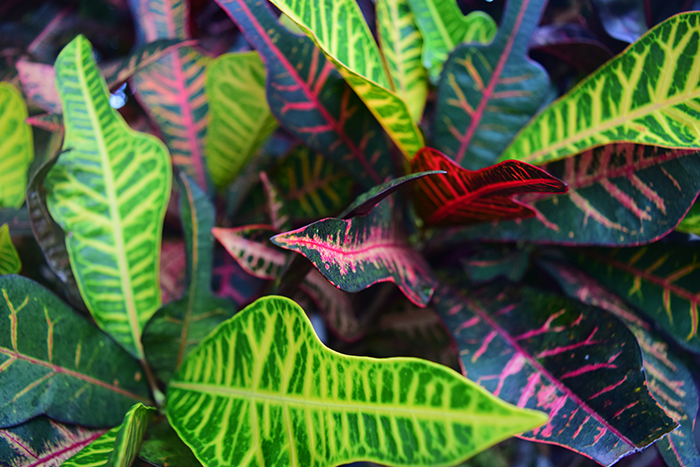
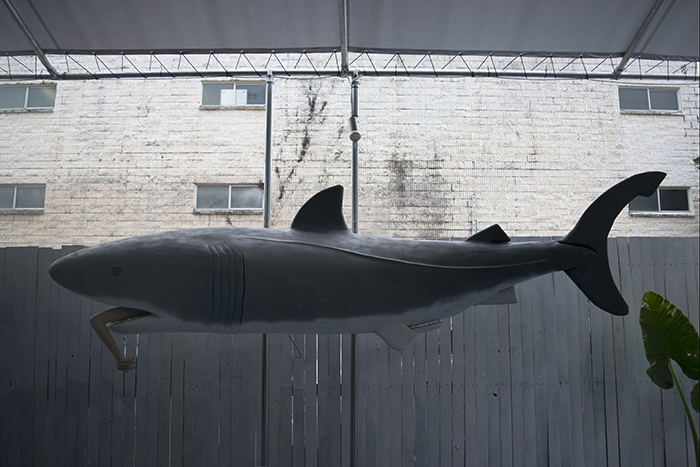
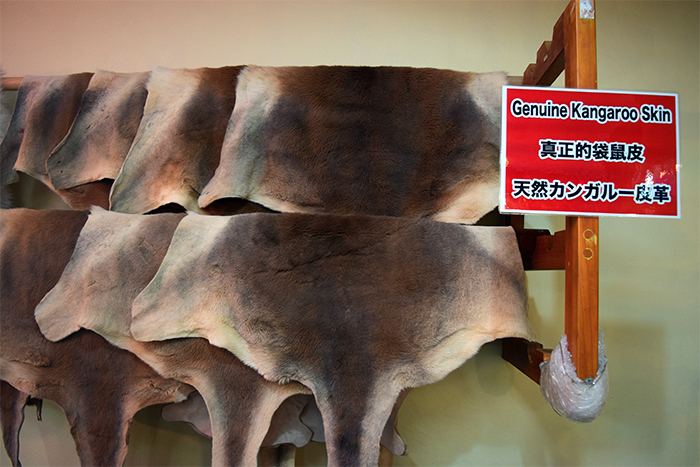
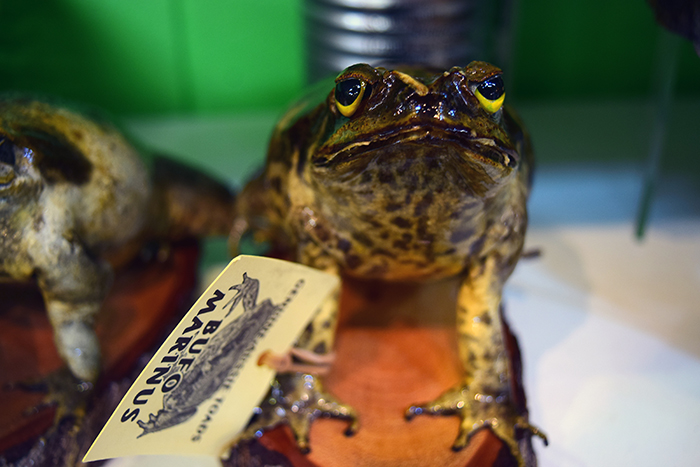

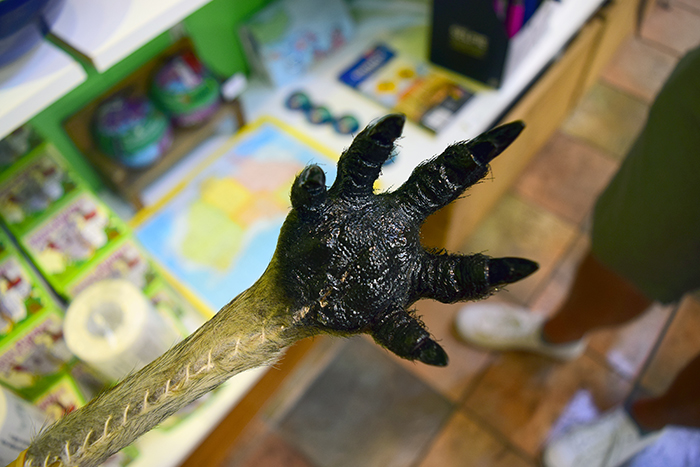

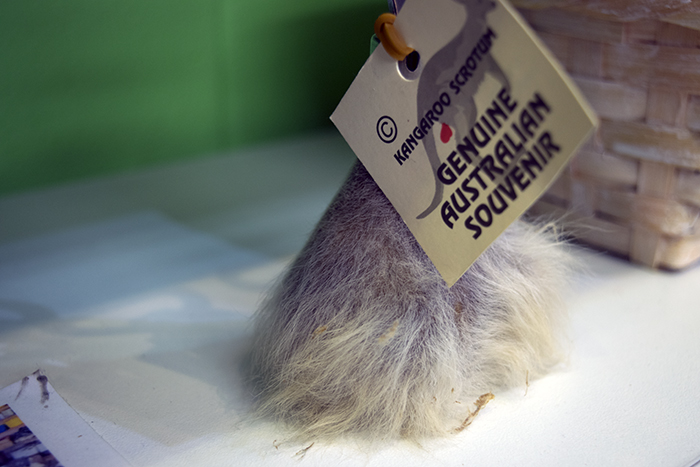
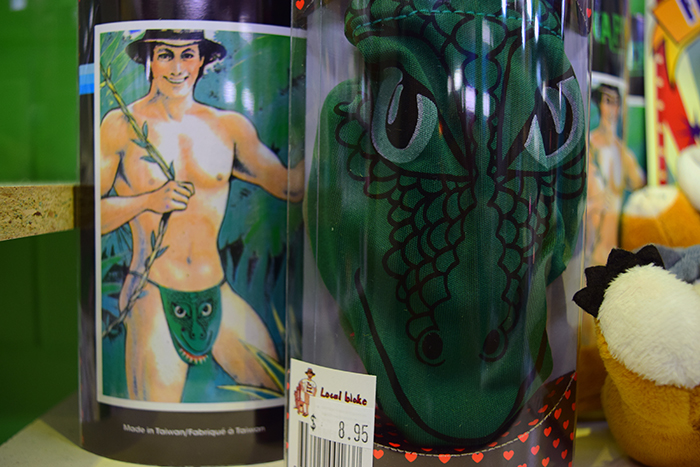

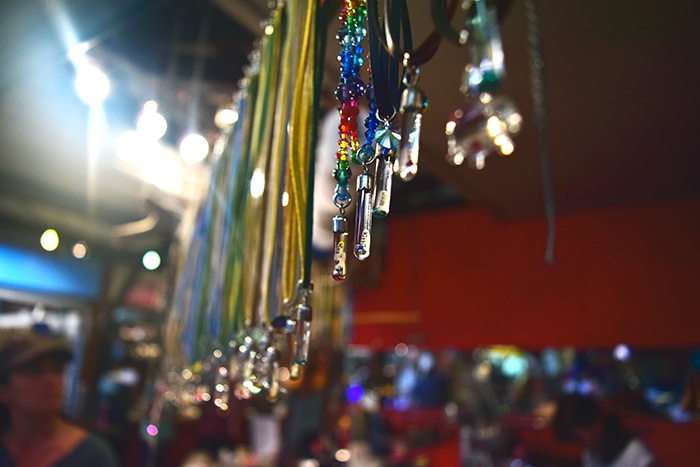
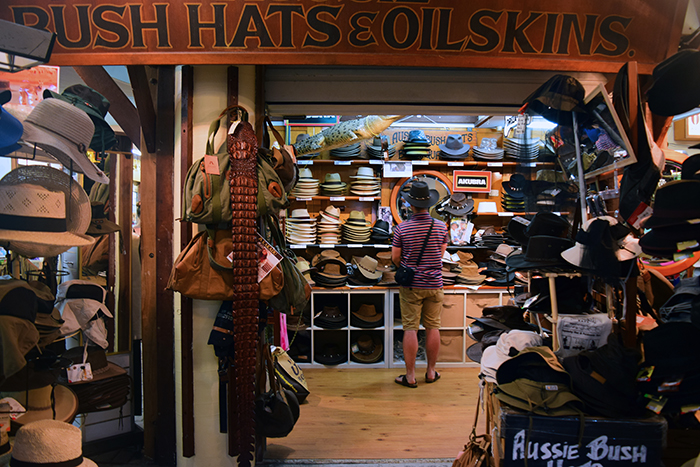


Location: Airbnb in Cairns, Queensland
Music: the sweet humming of the air conditioner we rented for $3 a night
I was told by my Australian friends that Cairns (pronounced “Cans”) was a shithole. I think now that they were just mad at us for leaving. Anyway, that was all I knew about this tourist haven in northern Queensland before Cody and I arrived the afternoon of January 5. I imagined it as a teeny-tiny, quiet town, whose only purpose was to serve as an easy access portal to The Great Barrier Reef. That’s why I came, anyway — to see the seventh natural wonder of the world before it was inevitably despoiled by climate change, the way so many other reefs have been in the last two decades.
Now that I’ve been to Cairns, I don’t think I’d come back just for the city itself, but it’s definitely more than a simple gateway. It is pretty small, physically. It has a population about the size of Rockford, Illinois (another small town you’ve never heard of), and all downtown spans only a few long, colorful blocks. Walking down one of those you can hear a dozen different languages spoken by visitors from all over the globe. The layout is definitively touristy— strips of surf-wear shops, hostels, travel agencies with good-looking young people out front trying to lure you into a pitch, hippie textile stores, trendy bars, and Asian restaurants.
But it serves its purpose, and some might say it’s the right kind of touristy. There’s still a lot of personality peeking through the gimmicky surface. There are jungle gyms and skate parks all throughout the center of town, grassy areas for picnics along the esplanade, benches for romantic moments staring out over croc-infested waters, a sandy beach volleyball area, and even an indoor marketplace that only opens at night with a self-serve Asian food court (like 10 Chinese buffets put together). The streets are lined with tropical trees and the creatures that inhabit them; there are five-story tall figs with huge bats hanging where all the fruit should be, doves coo at you from nests in thick branches coated in moss, and the subdued greens of the pines by the water are brightened by rainbow-patterned parrots. There’s also a huge mall at the edge of downtown: The Cairns Central Shopping Center. It’s probably the biggest building in the area (like most Australian malls) and it’s always bustling with shoppers. They might all just be there for the free air conditioning.
Cairns doesn’t have a beach on its coastline: just a gritty, brown-gray mudflat that stretches out below the boardwalk platform until it reaches the calm, murky waters of the bay. Interestingly enough, it once had a very typical Australian shoreline (cerulean waters, sand the color of old paper), but that disappeared after a hundred years of dredging the harbor.* There’s also dangerous wildlife around, like crocodiles, jellyfish and poisonous snakes, that keep tourists and locals out of the ocean. As an alternative, Cairns has a manmade, ice blue saltwater lagoon. It’s about as picturesque as it gets. The water is shallow, the bottom is covered in ivory sand, and it overlooks the nonexistent beach, the nearby marina, and the lush mountainsides that are visible from every point in the city. Children splash around while parents rest nearby on the grass under the shade of palm trees, already looking exhausted from their vacations.
My favorite part so far has to be the sprawling Asian night markets. The steel security screen doors roll up at 4:30PM, seven days a week, and the stalls underneath stay open until around 11PM. There are plenty of entertaining knick knacks to enjoy, from kangaroo scrotum bottle openers to classic Crocodile Dundee-style hats to Emu jerky. I’ve been to a lot of touristy places in Australia, but this was the first spot I found with kangaroo pelts for sale. There’s also fresh fruit, stalls where you can get your name written on a grain of rice and put into a necklace, and two halls dedicated to Chinese and Thai style massages. It’s a fun place to just wander around in, take a break from the muggy air outside, and have a laugh at all the kitschy stuff.
But if you leave the inner city and visit any of the surrounding suburbs, you can see why property prices are so low. There’s not a lot going on; just empty highways that lead into the mountains, crocodile-infested rivers, and long blocks of half-abandoned strip malls. On Friday night, Cody and I ate at a highly rated Thai restaurant within walking distance of the CBD and we saw only six other patrons throughout our meal. The neighborhood we wandered through on our way back to the inner city was completely silent; no other pedestrians and barely any passing cars. I was surprised. It’s the middle of Australia’s summer. You’d think this place would be teeming with tourists. But if so, nobody goes further than the mall. All the vacation stuff is packed into the waterfront. But I wonder if that actually benefits Cairns residents, whose economy revolves around the tourism but whose day to day lives don’t have to involve the hassles that usually come with it.
Overall, Cairns is different from any other Australian city I’ve visited. It’s a lot more international (which of course comes with hosting a famous tourist destination) than most cities its size and its downtown is manufactured for vacationers. It’s close to the marina where all the yachts take off for The Great Barrier Reef, there is plenty of people watching to do, and anything you need for your vacation can be bought at the mall. I recommend it for anyone interested in four to five days of an exotic (but not too exotic) vacation. However, would I live in this tropical city? Probably not.
* As a side note, the city has talked about replacing the original beach, but environmentalists protest that the mudflats have improved the health of the area’s mangrove ecosystem and existed long enough to become home to thousands of marine creatures. They say that transforming the beach back to its original state would be “environmental vandalism.” It’s a unique debate about the ethics of artificial ecosystems. http://www.cairnsesplanade.com/story.html
Travel Tips:
- Airbnb is an awesome way to find cheap accommodations, but always check the reviews for any potential spots before you rent! Make sure you’re not actually just staying in a hostel that’s been falsely advertised as a private room in a home.
- What’s the point of saving money if you never treat yourself? When the time is right, splurge. Budgeting is key to any lengthy backpacking trip, but there are certain experiences where you get what you pay for. When you’re visiting something particularly unique, like The Great Barrier Reef, don’t let penny pinching get in the way of an incredible memory. Do a dive, pay for the boat with the highest rating, get the most out of your adventure.
- If you’re going to visit somewhere as unique and complex as The Great Barrier Reef, your experience is probably going to be awesome no matter what. However, if you get the chance to take a background class or short lecture about it beforehand, it’ll enhance your experience by a tenfold. There’s a reason marine biologists from all over the world are fascinated by this place, and they’re happy to let you in on the secret.

